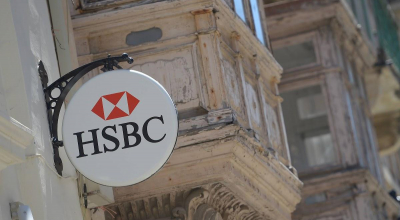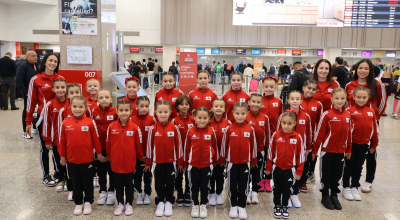Spraying to the core | Charles Balzan
Charles Balzan, one of the participating artists at the group exhibition /ru:t/, won the first prize at the FCN-endorsed showcase of dynamic contemporary art that explores the thorny issue of identity. We speak to the artist about his piece, Core, which invites visitors to spray water on its moss-covered surfaces.


What is your artistic background, and how did it contribute to and influence what we see in Core?
I don’t have a formal training in fine art, but I’m an avid lover of art books which verges on the pathological. I am interested in many subjects but tend always to lose myself mainly in poetry, philosophy, art theory and history.
I am a Graphic Designer by profession, studied Graphic Design at the Art & Design Centre Valletta and was fortunate enough to have wonderful lecturers, particularly Alfred Camilleri.
Core has its origins mainly in my love of artists who use material as an expressive and poetic medium in its own right: mainly Anselm Kiefer, Antoni Tapies and Cy Twombly.
On a concrete level, how did you create these idiosyncratic ‘images’? How did you manage to ‘contain’ the moss etc to – more or less – fit the little frames?
For the past couple of years I had been experimenting with concrete and finding ways to use it in my work and trying to adapt it to my needs. After finding my recipe I decided to add an element of time as well, so I decided to expose everything to the elements for a long time in the hope of getting the patina of time on my pieces. Grass started to grow over it too, adding the poetic touch I was keen to have.
Did you always picture it to be an ‘interactive’ piece? Would you say the interactive dimension is crucial to what you had set out to do with this piece?
Yes, by involving the viewer I wanted to make it easier for anyone not to just stop at the aesthetic qualities of the piece but take a concrete action and actually help the piece stay alive.
Being forced to look closer I was hoping to evoke thoughts and also bring to the attention all the tiny details which some of us aren’t aware of.
Where did your interest to concentrate in flora come from? How did the idea develop from there?
I can always remember being attracted to particular – and often ‘insignificant’ tiny elements or fragments that surround me in my everyday life, often evoking involuntary memories. So the link with my past in relation with the material was always very strong in me.
I guess the love I have for photography, and being a graphic designer, have helped me become more sensitive to detail and pushed me to find beauty in unusual places. I always found concrete fascinating. The play of sunlight – particularly early in the morning or sunset on old building walls, pavements and so on – often leads me to lose myself in thoughts and memories.
The exhibition of course taps into a universal element. Since it confronts us with an idea of how we're all connected to natural processes. But given that the exhibition takes place within the auspices of the FCN, what do you think it can communicate to us about Malta in particular?
Yes, Core brings out the aspect of our common origin and therefore in a way challenges barriers and differences we have built through the years, which we have brainwashed ourselves into believing as the truth. So I'm very happy that my work falls under the FCN since it is an organisation whose main aim is to unify the Maltese.
What’s next for you?
At the moment Core is very much alive in my mind and feel as though I’ve only just started touching the surface of what I had to say. So for now my main concern is to continue to work on it and try to go deeper as I can and see where my memories will take me.
/ru:t/ will remain on display at the Malta Maritime Museum, Birgu until November 14. The exhibition is organised under the auspices of the Fondazzjoni Celebrazzjonijiet Nazzjonali (FCN)



.png)


.jpg)








.jpeg)




.png)


